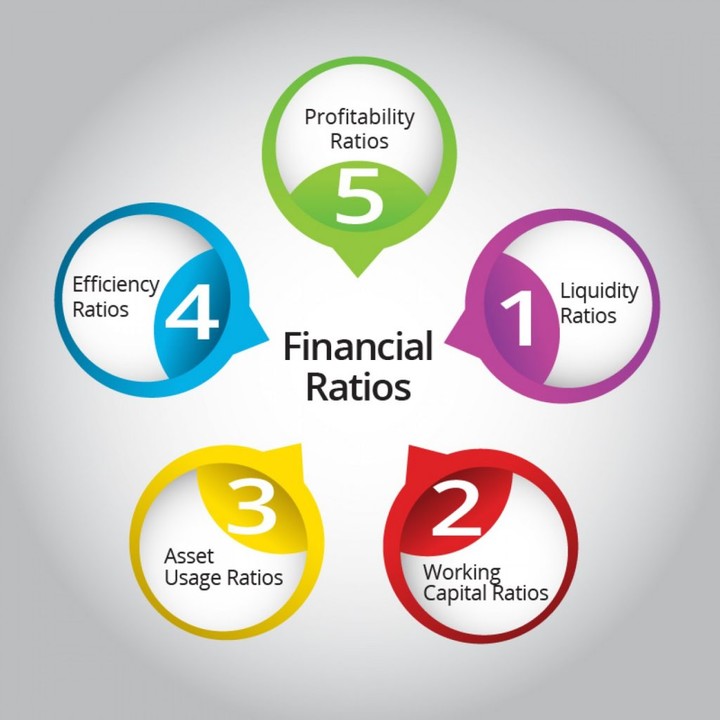You may be asking yourself what is the importance of Financial Ratios? If you want to be a successful business owner in Barbados you should know what these ratios are all about and how it applies to your business. Why?
Ratios are used for two main reasons:-
(1) To compare your business’ previous year’s performance with its current. They answer questions such as “Are key areas in your business improving or declining?” OR “Is there room for improvement?”. So if you are the owner of Chefette Restaurants you can compare what the restaurant did last year with its current financial performance. It answers questions such as “Is Chefette selling more while still controlling its overall operating cost?”
(2) It allows you to compare your financial performance with other companies in your industry. This gives you the opportunity to see how you can utilize your resources better in order to improve your financial performance. So is Chefette more efficient that KFC? Its important that you compare your business’ performance with other businesses in the same industry. If you don’t then the information wouldn’t be applicable.
Better financial performance translates essentially to higher profits. But there are hundreds of ratios – which ones are the most important?
Each ratio can be grouped under the financial area you are analyzing. There are three (3) main areas :-
- Liquidity/Solvency ratios
- Profitability ratios
- Operating Efficiency ratios
Let us look at Liquidity/Solvency Ratios to begin our analysis. Solvency generally refers to a company’s ability to meet its short term obligations. In other words “Can you pay your short term loans with your most liquid assets?” There are four main ratios that assist in analyzing your company’s solvency position. There are Current Ratio, Quick Ratio, Debt to Equity Ratio and Working Capital.
1) Current Ratio – The current ratio is calculated by dividing your total Current Assets by your total Current Liabilities. Your current assets are such items as Cash, Inventory and Accounts Receivables. Your current liabilities are such items as Accounts Payable and the current portion of your Long term loans. The formula is:-
= Current Assets / Current Liabilities
It tells us how much of your current assets are funded by your current liabilities. Ideally the figure should always be greater than 1, which would indicate that there are sufficient assets available to pay liabilities, should the need arise. Having a ratio of 1.5:1 says that for every $1 in current liabilities you have $1.50 in current assets.
2) Quick Ratio – The Current and Quick ratios are usually analysed together. This ratio analyses the most liquid current assets and divides it by your current liabilities. The formula is:-
= Cash + Market Securities + Accounts Receivables / Current Liabilities
The main point here is that inventory is excluded mainly because of the length of time it sometimes takes to liquid certain types. Can you imagine how long it will take Simpson Motors to sell those Mercedes Benzs they have in their show windows? Once again this ratio should ideally be over 1.
3) Debt to Equity Ratio – this ratio measures the risk or the degree of uncertainty that exist in commercial activity. The formula is:-
= Total Liabilities or Debt / Equity
So it determines how much of your debt is funded by equity. Equity is made up of mainly Share Capital and Retained Earnings. So if your company has been making operational losses such that your Retained Earnings is now negative this will negatively affect the outcome of this ratio.
4) Working Capital – this ratio refers to a company’s investments in short-term assets. Net working capital measures the company’s cash and near term cash that is not already encumbered. It is calculated by subtracting your Current Assets from your Current Liabilities. The formula is:-
= Current Assets – Current Liabilities
As a business owner you should know what these ratios are for your company. If you decide to approach a bank for financing its quite likely that they will calculate these figures in order to evaluate your business’ level of liquidity.
Liquidity is very important as its a strong signal as to if your company will have problems servicing the financing you are requesting. It looks at your actual levels of liquid assets as oppose to Net Profits which can easily be manipulated by accounting adjustments.
Ready for the next set of ratios? Well stay tune – Until next time my LinkedIn Family Take Care & God’s Blessings.
Do you want to see a topic you are interested in reading about? Private message me with your ideas and it just might be my next discussion.
If you have any questions please do not hesitate to contact us at support@afbconsultingservices.com

